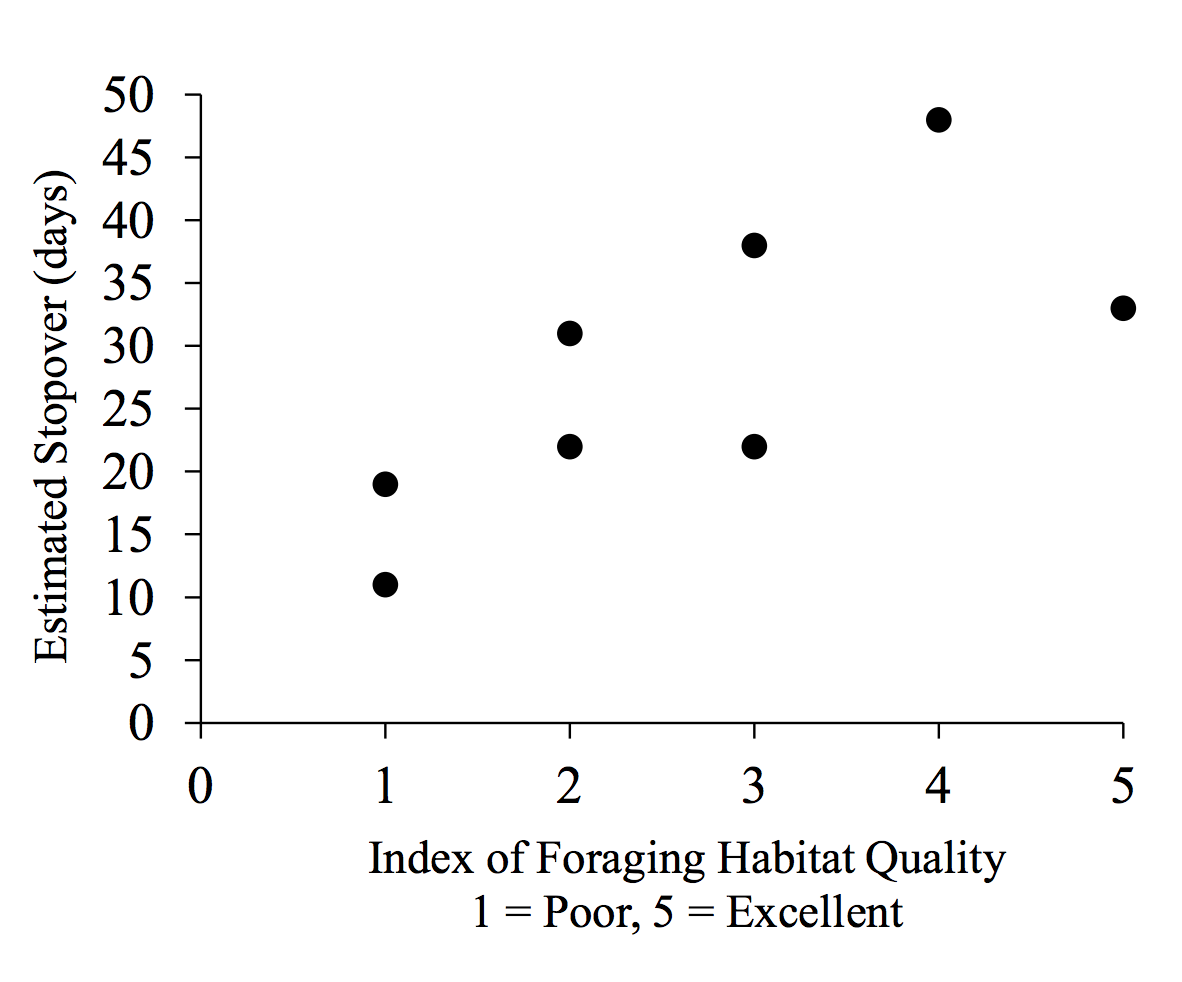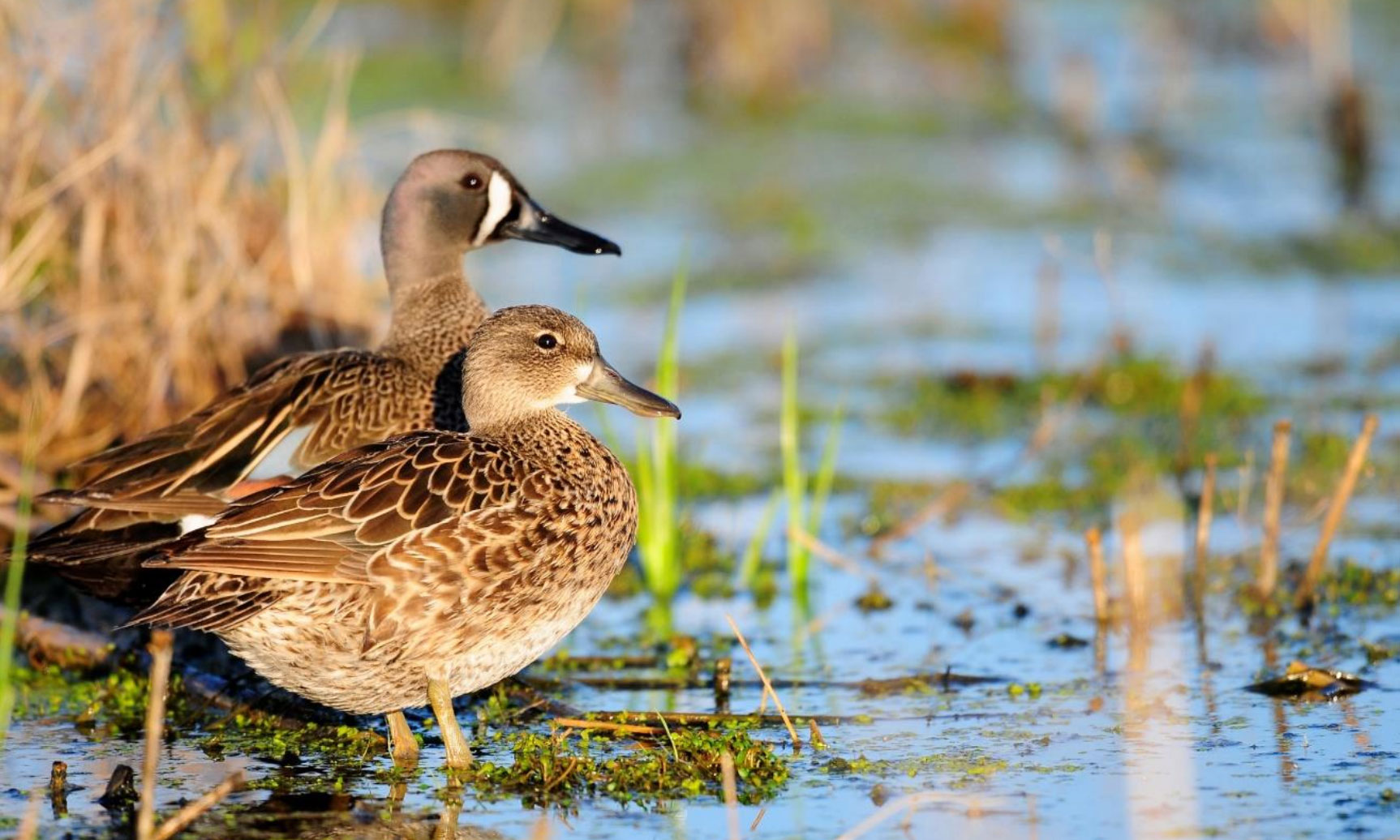We flew the 3rd teal flight on Tuesday, September 16 th . Wetland habitats in the Illinois Valley are flooded extensively, yet duck abundance continues to increase despite flooding. This weekend marks the last days of the early hunting season, and Teal numbers are 24% above the 10-yr average (www.bellrose.org); however, species composition is beginning to change. Last week blue-winged teal were dominant, but now green-wings outnumber blue-wings nearly 3:1. Additionally, American coots are up threefold from last week. The cooler temperatures over the last several days likely pushed the blue-wings further south.
The last couple weeks I have discussed wetland habitat conditions and the availability of duck foods during fall; however, I haven’t explained what it takes to provide a smorgasbord for waterfowl. Ideally, we would like to see water levels drop during mid-June to early-July along the rivers. As floodplain waters recede, mudflats are exposed allowing seeds to germinate. Our studies at Chautauqua National Wildlife Refuge found that 1,800 pounds/acre of moist-soil seeds were produced with a late June/early-July drawdown, whereas, only 500 pounds/acre were produced when the drawdown was delayed a month (i.e., early-August). Obviously, the more food we have available during fall, the more duck use days we can support, which ultimately provides more recreational opportunity for our waterfowl hunters.
Stay tuned for more updates next week…


